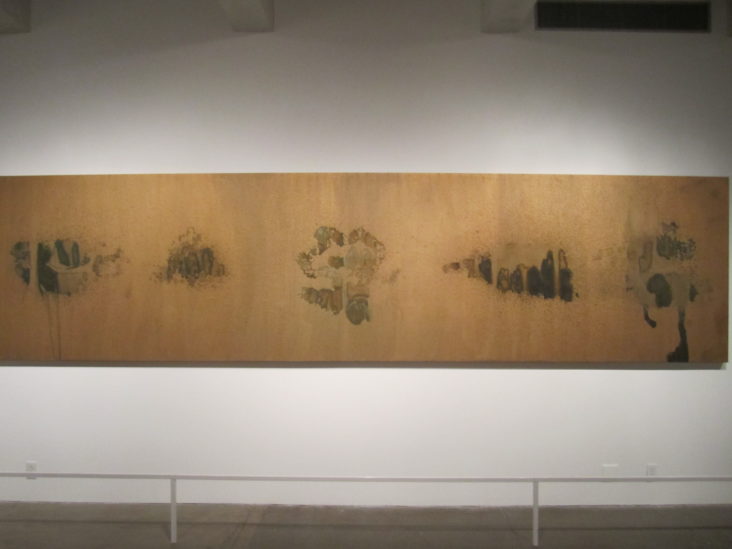I am taking some time off to spend with family so I am plumbing into the archives again for a bit.
A few years back, I wrote about a company that didn’t feel they had enough competitors to force them to be innovative so they invented one.
Nothing consolidates a team and brushes away internal squabbles like the threat of a common enemy. Because ePrize’s next largest competitor is too small to raise their blood temperature, the company created Slither Corp.
By asking its employees what they think their counterpart at Slither would do differently, Linker says ePrize “creates a fun, safe opening for continual discussion about what the company could do better.”
Ask yourself these three questions to see if a threat can unblock your business’ innovations.
Who or what is our worst enemy?
What is our enemy doing that we can do better?
Can we create an enemy to spark new ideas?
Since most arts organizations probably feel they have no lack of competition, I had suggested using a fictitious enemy to remove some of the emotional associations which might get in the way of objectively addressing issues the organization may face.
It can be difficult to get motivated to do better if you perceive that the other organizations in town get all the grants, have the more affluent donors, get more recognition, get the benefit of the doubt when they make missteps, etc. It is easy to make excuses why you will never succeed if you are focused on how great other people are rather than your own successes and capabilities.
The suggestion I made back then is worth considering. Essentially, competing against the pretend rival you inflate in your mind might be more constructive than competing against the actual rival who you have inflated in your mind.
By creating an imaginary enemy, you can concentrate on responding to events without the emotional subtext lurking beneath the conversations. Yes, there are plenty of groups out there eating your lunch, but your biggest problem is The House of Extraordinary Matinee idols. (THEM) Your fictional enemy, THEM, noting the trend of sold out shows has decided to program seasons of 100% musicals. How do you position your next season in relation to this imagined challenge?
The fictional enemy doesn’t have to be a proxy for an actual rival in the community, it just has to present a credible challenge to your organization in order to spur innovation and creative thinking.
